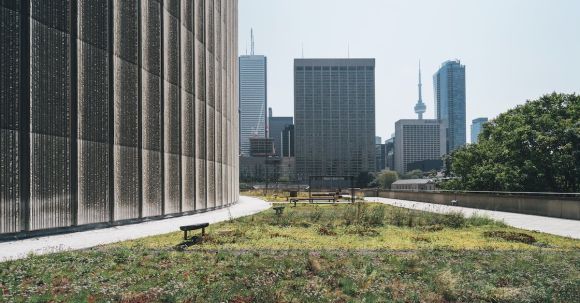Urbanization is a global trend that has led to the rapid growth of cities around the world. As more people migrate to urban areas, the need for sustainable and livable cities becomes increasingly important. In response to this challenge, innovative urban planning and design strategies are being implemented to create cities that are environmentally friendly, socially inclusive, and economically vibrant. This article explores some of the key innovations in urban planning and design that are shaping the cities of the future.
Green Infrastructure: Reconnecting Cities with Nature
One of the most significant innovations in urban planning and design is the concept of green infrastructure. Green infrastructure refers to the network of natural and semi-natural spaces within and between urban areas. It includes parks, green spaces, urban forests, and wetlands, among others. By integrating green infrastructure into urban design, cities can create a more sustainable and resilient environment.
Green roofs and walls are examples of innovative green infrastructure solutions that are increasingly being adopted in urban areas. Green roofs involve covering rooftops with vegetation, which helps to mitigate the urban heat island effect, reduce stormwater runoff, and improve air quality. Green walls, on the other hand, are vertical gardens that can improve the aesthetic appeal of buildings while also providing insulation and reducing energy consumption.
Smart Cities: Harnessing Technology for Sustainable Development
Another major innovation in urban planning and design is the concept of smart cities. Smart cities leverage technology and data to improve the quality of life for residents while also reducing environmental impact. Through the use of sensors, connectivity, and data analytics, smart cities can optimize resource allocation, enhance public services, and enable more efficient transportation systems.
For example, smart transportation systems can reduce traffic congestion by providing real-time traffic information and optimizing traffic flow. Smart grids can optimize energy distribution, reduce energy waste, and promote the integration of renewable energy sources. Additionally, smart buildings can monitor and control energy usage, leading to significant energy savings.
Mixed-Use Development: Creating Vibrant and Walkable Communities
Traditional urban planning often separated residential, commercial, and industrial areas, leading to urban sprawl and car-dependent communities. However, an innovative approach to urban design is the concept of mixed-use development. Mixed-use development involves integrating a mix of residential, commercial, and recreational spaces within a compact area, promoting walkability and reducing the need for car travel.
By creating vibrant and walkable communities, mixed-use development can enhance social interaction, improve public health, and reduce carbon emissions. Residents can easily access amenities such as shops, restaurants, parks, and schools without relying on cars. This not only reduces congestion but also promotes a sense of community and belonging.
Conclusion: Shaping the Cities of the Future
As the world continues to urbanize, the need for sustainable and livable cities becomes ever more critical. Innovations in urban planning and design are playing a crucial role in shaping the cities of the future. Through the integration of green infrastructure, the use of technology in smart cities, and the promotion of mixed-use development, cities can become more environmentally friendly, socially inclusive, and economically vibrant. By embracing these innovations, we can create sustainable cities that enhance the quality of life for all residents and ensure a more sustainable future for generations to come.
